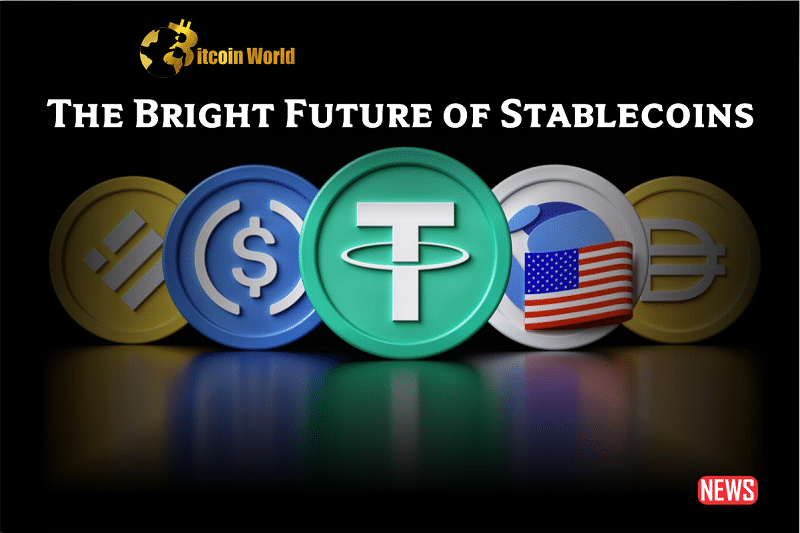As the Securities and Exchange Commission (SEC) tightens its grip on cryptocurrency exchanges, the Web3 industry participants in the United States are closely monitoring the regulatory developments. However, amidst these growing concerns, Corey Then, the vice president of global policy at Circle, a Boston-based issuer of the world’s second-largest stablecoin USDC, remains optimistic. He believes that the U.S. regulatory developments hold the potential to favor local players, bringing stability and reliability to the stablecoin market.
A Beacon of Hope: Then’s optimism stems from the recently released draft stablecoin bill by the U.S. House Financial Services Committee. This proposed legislation mandates that stablecoin issuers maintain reserves to back their stablecoins on at least a one-to-one basis, ensuring stability. Such a requirement instills confidence in the market, as it assures investors that stablecoins are fully backed and capable of weathering market volatility.
Opening New Doors: Furthermore, the bill presents a groundbreaking opportunity for stablecoin issuers. It allows them to hold a portion of their reserves at the U.S. central bank, effectively reducing exposure to commercial banks. This development not only strengthens the stability of stablecoins but also positions the United States to become the hub of the world’s most reliable stablecoin.
Insights into the Future: In an exclusive interview with Forkast, Then discusses the future of stablecoins and sheds light on how the evolving U.S. cryptocurrency regulation landscape might impact them. He emphasizes the need for collaboration between regulators and industry players to strike a balance between innovation and investor protection. Then believes that the regulatory clarity provided by the bill will attract more participants to the stablecoin market and boost its overall credibility.
The Path Ahead: With regulatory frameworks becoming more defined, stablecoin issuers can expect a more secure and favorable operating environment in the United States. The proposed bill reflects a commitment to transparency and stability, which are crucial for the long-term growth and acceptance of stablecoins. As the industry adapts to these regulations, it will likely attract greater institutional involvement and foster mainstream adoption of stablecoins.
While regulatory developments can often be perceived as a challenge, Corey Then’s optimistic outlook on the evolving U.S. cryptocurrency regulation is refreshing. The proposed stablecoin bill provides a beacon of hope for stability and reliability in the Web3 industry. By mandating proper reserves and offering the opportunity to hold reserves at the U.S. central bank, the bill lays the foundation for the world’s most reliable stablecoin. As the industry continues to evolve, it is essential for regulators and industry participants to work together to foster innovation while safeguarding investors’ interests. With these developments, the future of stablecoins in the United States appears promising and poised for continued growth.














